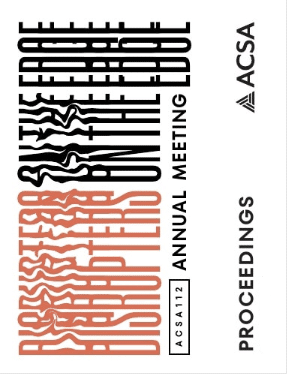Author(s): Dijana Handanovic
Socialist Yugoslavia emerged after World War II from the ruins of the Kingdom of Yugoslavia. It was founded on the ideals of self-governed socialism and headed by Josip Broz Tito, who maintained its unity and sovereignty against both Soviet and Western influences but also faced criticism for his authoritarianism and favoritism. Yugoslavia’s postwar political and social changes were regarded as an “experiment,” as they sparked a modernization process that supported industrialization and mass production while also allowing for new methods of building and design. 1 The architecture of this era, across scales from object to the city, was a powerful force whose role was to convey collective pride and solidarity. Between the 1950s and 1980s, in addition to buildings like convention centers, department stores, and cultural centers, thousands of spomeniks (monuments) were commissioned in Yugoslavia. These spomeniks characterized the region, state, and society as a unified entity, and commemorated the victories and sacrifices of wartime liberation, with the aim of bringing together the different ethnic groups in the area. 2
https://doi.org/10.35483/ACSA.AM.112.113
Volume Editors
Germane Barnes & Blair Satterfield
ISBN
978-1-944214-45-6

 Study Architecture
Study Architecture  ProPEL
ProPEL 
